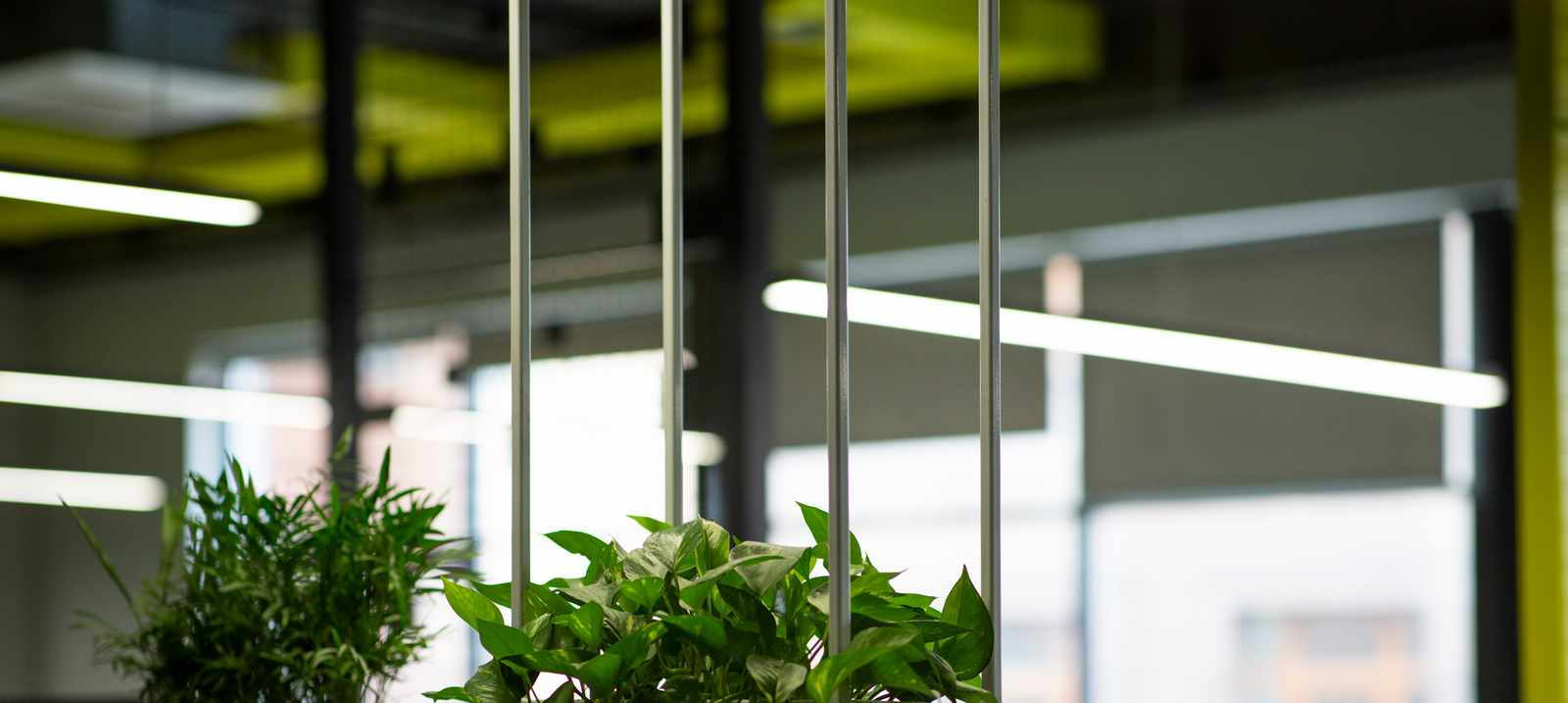The Aquaponics kit is simply the start. But before we go into these in some more detail, we have several other things to consider.
Size, space, and location.
These may seem like a damper on ones excitement to start in aquaponics but they are very important questions to ask since they might quickly dispel the notion of convenience.
What does an aquaponics kit look like?
The vast numbers of these small kits are made of plastic, but some people have opted to spend more money by purchasing large fibreglass fish tanks. Some even go to the lengths of placing a viewing panel on the side making it an aquarium of sorts.
Aquaponics kit size
If you have just a passing interest in Aquaponics and just want to “test the waters” so to speak, it might be a good idea to start small. There are retail outlets that deliver such small systems to your door. Keep in mind, however, that these are often just a novelty, a passing fad if you will, and may end up being small fish tanks or discarded.
The biggest problem you will face is that small systems are actually quite unstable concerning water pH. Unless you have goldfish which are quite hardy, you can quickly end up with dead fish and a failed system. This can quickly give rise to the notion that Aquaponics is just too much hassle, and people quickly sell or discard their small system.
Aquaponics kits can vary in size a great deal, and sometimes people who already have a large fresh water aquarium may add plants to it. Although grow beds for Aquaponics kits are available in varying sizes, people often make do with what they can find e.g. plastic barrels cut in half lengthways. Some people have scaled up this type of system considerably, and enjoy a pretty good yield, enough for a family of 3-5 members.
Typically, store-bought Aquaponics kits that are both stable in water pH levels and provide a reliable source of food, need at least 1,000 litres of water in the fish tank. They also have the same volume in grow beds. A system such as this will provide food all year round for a family of 5-6. This is a sizeable system.
For a family business, such a system can be doubled tripled quadrupled etc. Basically, it can be scaled up to the point that it produces as much as one may need or wish for.
This means that with the right design and setup, it can cover acres just as traditional Hydroponics systems do.
Aquaponics kit – how much space?
“How big do I want it?” This is the real question. If the objective is to supply the family with healthy greens then a 1,000 litre fish tank and the same volume of grow beds is required. But, if the objective is to have a small family run business this may be as large as you wish depending on how large of a business is required.
This may pose a problem since most suppliers are not geared for this kind of system. It is quite feasible to just copy a single-family sized system several times over making it a business, but this can be very costly. Perhaps the best way to go about such a sizeable expansion is to go for a custom build. This will cost some money initially but because the size of the system is big enough to run a business profitably, doubling or tripling etc. is not an issue. In short, what applies to a small family aquaponics kit applies just as well to a business system.
The right size of an aquaponics kit
There is no getting around the fact that decisions have to be made at the start that will affect the size of the system. The question is, “what is the right size of the system to be created?” Ultimately, it is purely a personal decision as to whether or not one wishes to begin with experimenting with a small system or move on to a bigger one or even a commercial-sized one straight away.
Larger systems do tend to have stability in their numbers as far as their pH. and water temperatures. Of course, they provide more food, but they also provide an excellent way to learn as much as one can about aquaponics and how it works on a commercial scale. Where’s the catch? If this is not done correctly, it could prove a costly mistake.
Aquaponics kit – balance concerns
For best results and yield aquaponics kits that start at 1,000 litres of water have proven to be quite stable. Stability with relevance to balance is what is very important. The pH values of the water is an important part of aquaponics. “Perfect” levels can be a bit of a challenge because there are three living organisms to care for. These are the plants, the fish, and the bacteria inside the water and grow beds. The problem faced is that each of them has a different pH need.
What is “strived” for is a neutral pH. from 6.8 to 7.2. This seems to be the best pH. for an aquaponic garden. Fish waste which is vital for the system will make the water pH acidic other factors can make is too alkaline. Either compels the use of aquaponic compatible pH. adjusters. If the pH level is too low or too high it is not beneficial for the system. This means the plants will not be able to absorb nutrients optimally, and the fish will die. Keeping an eye on the pH level each day to keep it within the neutral range is the single most important job you will have.
One thing that is very important to take note of, if a healthy aquaponics system is to function well, is that the pH. adjusters should be designed specifically for this type of growing system. Failure to do so could harm the fish or taint the plants. These adjusters can be found at aquaponic gardening suppliers.
Sometimes it may be necessary to also take care of the water hardness when working the pH first. The reason for this is that water hardness is also important because it affects how pH. is adjusted. Water hardness must be adjusted incrementally. And why is this important you may ask? Simple, fish don’t like sudden changes in pH. and this causes them stress. Too much of this and fish can get ill or even die.
For additional information on aquaponics and its pros and cons, please consider reading the relevant article on Wikipedia.


